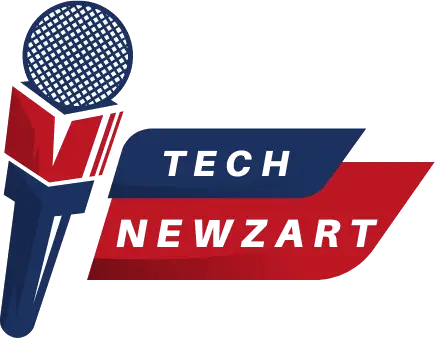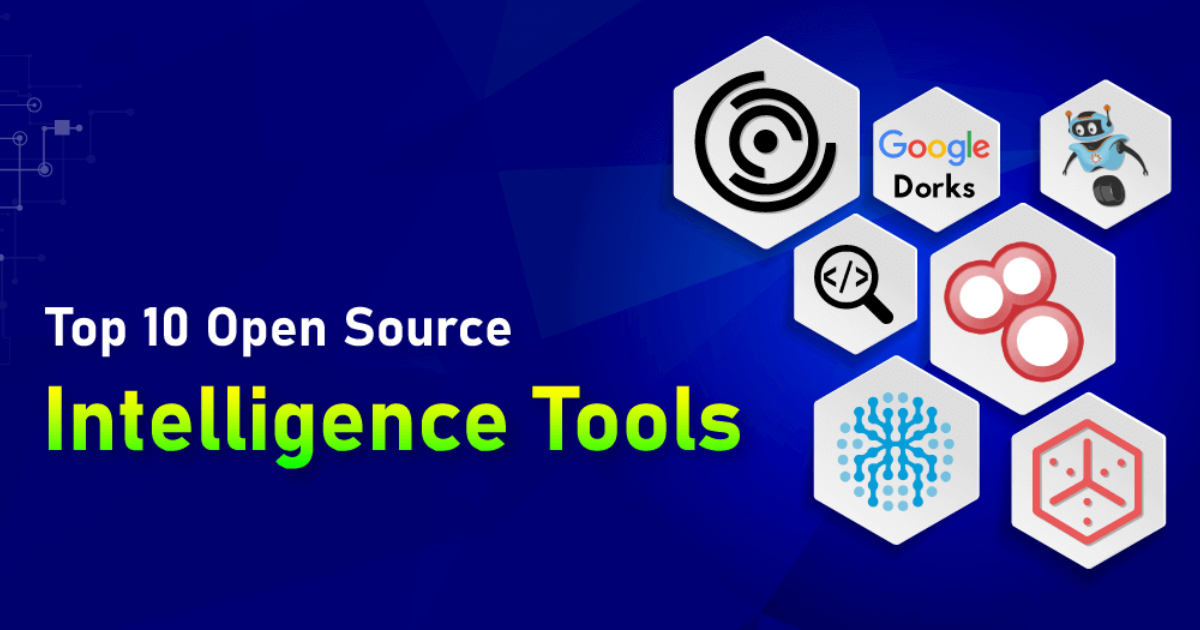OSINT, also known as open-source intelligence, is the process of gathering and interpreting data available from internet sources like online platforms, public records, and online databases. Unlike other traditional intelligence gathering methods which could be classified on proprietary information, OSINT instead deals with openly publicly available data. It divests resources and provides a platform used by a wide range of industries such as threat intelligence, cyber security, law enforcement, and competitive intelligence.
In the digital era, information is available for all to exploit, while data and its innovative analysis represent a powerful tool for everyone from cybersecurity experts to competitive researchers. Open-source intelligence (OSINT) brings a new narrative and the power to execute things, as it works with information that is available to the public to gather intelligence and uncover new revelations. We will be taking a closer look at the secret world of open-source intelligence tools and 10 basic open-source intelligence tools in this article which are the essential tool kit for digital sleuths and diligent investigators.
LIST OF BEST OPEN-SOURCE INTELLIGENCE TOOLS
These open-source intelligence tools are justified to be helpful as long as they are used responsibly and within legal limits while they can contribute most to the investigations, threat intelligence efforts, and security assessment respectively. These tools are used by many open-source project websites to ease their work! However, users should follow ethical principles when employing these tools and methods. It is also important to consider the privacy concerns. Here are 10 top open-source intelligence tools:
Maltego: Elucidating Relationships through Graphical Analysis
Maltego is the defining interface for OSINT tools with such flexible integration of over 500 modules involved in the analysis of links and data visualization. Instead of Maltego data being from a single source, it combines diverse sources and creates an asset for connecting various entities (people, organizations, and online assets) visually in a more understandable form. Through the use of graphs where data is presented, Maltego connects dots for analysts and law enforcement in the clarification of the alibi patterns.
TheHarvester: Harvesting Digital Footprints
The Harvester is an omnipotent monitoring goodness for finding email addresses, subdomains, hosts, and documents using various public sources. By running the queries in the search engines, DNS zone transfer databases, and other online repositories TheHarvester brings digital evidence together about the target. This information might be vital in connection with the reinvestigating of the territory, the definition of vulnerabilities, and social engineering.
SpiderFoot: Automating Systems Intelligence (OSINT) Investigations.
Spiderfoot is the Open-source intelligence tool most suitable to be used for the Automation of OSINT and digital forensics tasks. Such a mechanism cuts off the flow of data from various online sources that are available to the public. While different sources of information, including social media profiles or domain registrations, SpiderFoot synchronizes different data and types of data to give confidence on a target or a subject under investigation. Sourcing social media posts along with the contextual content for a comprehensive view of a cyber threat, the tool can then automate operations through search result sorting and clustering.
Shodan: Eyes Into The Internet’s Underworld
Shodan is frequently referred to as a “hacker’s search engine” because it can script the entire internet for the sake of automated attention. Contradicting internal search engines, Shodan is a search engine that aids people track particular types of devices like webcams, routers, and servers by using filters such as location and opening ports. With such a wide variety of devices available on the internet, this feature of the attack becomes extremely useful for security researchers as they can identify which ones are weakened or poorly configured.
OSINT Framework: Scrutinizing the OSINT Landscape
The OSINT Framework is the ultimate resource hub for those people who take the OSINT mission as well as a working tool for people forming frames for OSINT investigations. This vertical content showcases a handpicked assortment of tools, resources, and procedures grouped into different categories of OSINT such as social media, domain research, and people searches. The Framework can enable you to find all the needed tools for social media profile analysis or even domain reconnaissance techniques. It gives a kind of map for all OSINT that you look for.
Intel Techniques: Acquiring the skill of OSINT
Intel Techniques developed by OSINT expert Michael Bazzell is a tremendous piece of equipment that helps an OSINT practitioner. Following the method of logistic search to the personal data protection tools, the Intel Techniques web resource offers the full spread of guides, tools, and training materials for OSINT sleuthing purposes. Information gathering and online security is a must for anyone working on espionage activity or privacy protection, and Intel Techniques offers you both the knowledge and the tools to make successful in the sphere of open-source intelligence.
FOCA: Discovery of All the Hidden Gems in Metadata
FOCA (Fingerprinting Organizations with Collected Archives) is a program (software) that can generate reports based on data collection from the internet. The documents that have been marked in the report were analyzed to extract hidden information. Based on the SI where the likes of PDFs, DOCs, and XLSs are being opened, FOCA can identify metadata like document authors, purchasing or upgrading software versions, and network paths. Such information can serve be the main asset in the featured operations like reconnaissance, intelligence, and forensic digital investigation.
Metagoofil: Mining the Metadata for Intelligence
FOCA and Metagoofil have been built for metadata acquisition from publicly readable documents. Through a document contents parsing procedure, Metagoofil exposes privileged information that is hidden within the document file like the user names, email, and organizational details. It empowers investigators to unfold information from many types of digital footprints, like reports, presentations, or spreadsheets.
Creepy: Spatial Mapping Of Geospatial Intelligence
It is creepy, an OSINT geolocation web application that draws geospatial information from social media sites and services. The place where Creepy excels is by analyzing the publicly available posts, photos, and check-ins and preventing people from going to places that aren’t good for its customers. Geospatial intelligence can be fundamental to investigations, tradecraft, and scanning missions, as well as for situational awareness adversaries, with invaluable understandings of the geographical distribution of cyber actions.
Google Dorks: Unleashing the potential of advanced search queries
The last but not the least tool of the SEO researchers is Google Dorks or specialized search queries which are used for searching exact information within Google’s very large index. Browsing through customized search queries, users can eventually look up protected data such as login pages, entire database dumps, and open devices. Google Dorks are the best reconnaissance tool, Exploiting Google’s search engine, they abuse, allowing to find valuable data that is hard to believe.
Wrap Up
Open-source intelligence is a feature of conventional investigation and analysis that is endlessly rising and expanding digital space. With its scanning of information that is public such as tweets, news, blogs, and social media, the software allows researchers to pinpoint relevant details, detect threats, and offer solutions to risks.
Whether Maltego’s graphical analysis or Shodan’s internet-wide browsing is used, every Open-source intelligence tool in OSTiNisarsenal offers a specific function as an element in the great challenge of deciphering the complicated global internet. Given the rising tendency of people to act on available intelligence and realize it is vastly improved and data-driven in the day world, then the art of open-source intelligence is going to help you stay ahead in an increasingly interconnected and data-driven world.
Read More On: TechNewzArt

